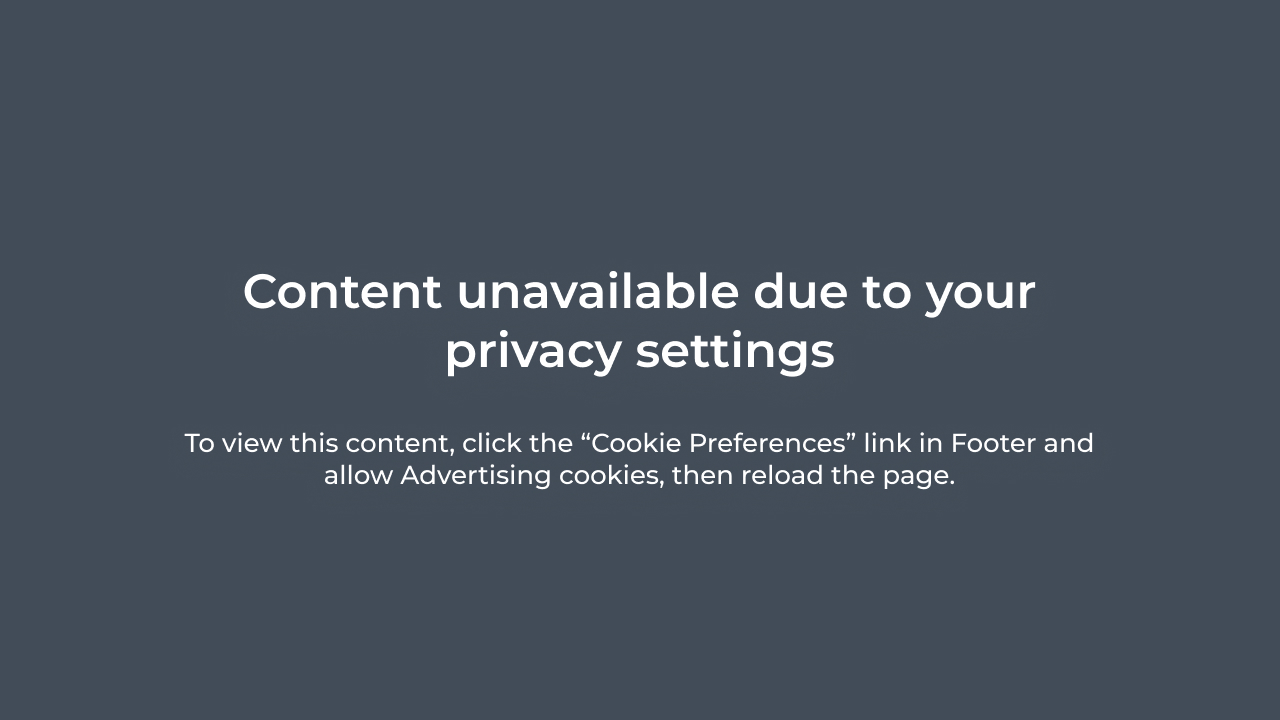If you’re wondering how to drive foot traffic to your restaurant, geofencing marketing is the answer.
It can target prospects near your restaurant location and attract them with your menu specials, sizzling deals, and loyalty programs.
This article aims to help you understand geofencing for restaurants, grasp the benefits of geofencing advertising, and illustrate a clear blueprint for implementing this digital marketing strategy.
What Is Geofencing Marketing?
Geofencing marketing is also known as location-based marketing. It is a strategy businesses use to advertise their products within a geographic area where they can serve customers.
It is fully technology-backed and relies on Global Positioning Systems (GPS), Bluetooth, Wi-Fi, Radio Frequency Identification (RFID), cellular data, Near-Field Communication (NFC), and more.
These are reliable and secure technologies that allow restaurants to leverage tech while avoiding common cybersecurity issues like identity theft, ransomware, etc.
How Does Geofencing Marketing Work?
Imagine you’re tired and starving after hours of perusing and shopping at your favorite mall. You then decide to treat yourself to a gourmet meal.
Suddenly, you receive a happy hour deal notification on your phone from the restaurant upstairs. The question is, how quickly will you get there?
This example demonstrates restaurant geofencing marketing in action.
Evidently, geofencing advertising helps construct a virtual fence around specific geographic spots businesses cover—for example, an event venue or a city block.
Thus, when potential or existing clients enter this predefined virtual fence with their mobile devices, companies can capture them via mobile apps, push notifications, or SMS with targeted messages containing promotions or advertisements.
If you’d like to automate some of these processes, you can look into a restaurant texting service that will save you precious time while helping you engage with customers.
What Are the Benefits of Geofencing for Restaurants?
Even though different industries can employ a geofencing strategy, this method is incredibly lucrative for the restaurant niche.
A restaurant with geofencing strategies can utilize tantalizing ads, notifications, or coupons to increase foot traffic, attract competitors’ clientele, and get a better idea of its target audience‘s needs, wants, and preferences.
Raw, data-driven insights
A tailored restaurant geofencing campaign is essential in collecting data on consumer patterns and behaviors. With geofencing advertising, you can analyze the frequency of visits to your place and identify the most popular visiting times and menu choices.
It also can be helpful to measure the effectiveness of ads and promotions sent to potential and existing customers, as you can track ad impressions, views, and conversions.
Precise view of your target market
A great perk of geofencing for restaurants is the opportunity to reach people interested in your establishment. With geofencing, you can send targeted promotions to prospects within your geographic location.
As a result, you gain relevant foot traffic that leads to sales, better brand recognition, and personalized customer experiences, allowing you to foster customer loyalty.
Also, keep track of sports games, local concerts, festivals, arts and crafts exhibitions and fairs, educational workshops, and other events to deepen your restaurant geofencing.
You can then broaden your virtual fence to these venues and, as a result, seize your prospects’ gaze with dedicated promotions devoted to these events.
Staying ahead of the pack
A restaurant geofencing campaign can also be used to stay ahead of the competition. You can identify your competitors’ locations and set a geofencing radius to send offers and promotions to customers near these areas.
It promotes competitive targeting to entice foot traffic away from your niche opponents. The main idea is to work on your advertisements so that they provide value to prospects.
How to Implement Restaurant Geofencing Into Your Marketing Strategy
1. Understand your target audience
Knowing the people you want to target inside out should be your priority when implementing geofencing advertising.
You should do extensive keyword research to nail what your potential customers are looking for and how they search. For example, use a keyword tool that provides search volume and competition data, allowing you to evaluate the demand per specific user query.
Moreover, such a tool also clarifies user search intent for each keyword. It offers multiple related keyword suggestions to help you better understand how your prospects seek products similar to those you serve.
Relevant and up-to-date data from a keyword research tool also allows you to investigate seasonal trends to promptly adapt your restaurant marketing initiatives and constantly grow your conversions.
Additionally, you can deepen your insights by researching customer comments and reviews on your and your competitors’ social media profiles and local listings.
2. Craft a compelling offer
Prepare a striking proposal for your potential and existing customers to get the most out of your restaurant geofencing campaign.
To do so, identify your goals and consider the actions you want your prospects to take after receiving your promotions. The following examples will help you pick the best offer for your next geofencing initiative:
- Attract with a welcoming offer. You may welcome new customers entering your geofencing zone with a red-hot deal, a coupon for a discount on their first meal, or a complimentary cocktail or appetizer when placing the order.
- Reward loyal customers. Provide loyalty rewards to boost customer retention and thank regular clients for visiting your establishment. Whether these are special discounts, free drinks or desserts, or bonus loyalty program points, consumers will happily take advantage of them.
- Highlight special occasions. Utilize restaurant geofencing marketing to capture customers with individual offers and tailored promo packages devoted to particular holidays, events, or seasonal bargains. For example, you can send your existing clients tailored SMS messages with special offers for their birthdays, provide a promo package for couples on Valentine’s Day, or offer a family deal for Thanksgiving weekend.
- Entice with real-time promos. Attract people near your geofencing area by notifying them about menu specials and perks. You can draw foot traffic by offering happy hour discounts, business lunch packages, or various combo menus.
- Spread the word about your events. You may host a live music event or trivia night at your restaurant, so why not share this news with the audience? Geofencing for restaurants is a superb way to attract crowds to relish the performance.
Follow this video tutorial to learn how to create restaurant promotions like cart discounts, free delivery, meal bundles, and more:

3. Decide on the right geofence
Choosing the right area for geofencing is a halfway point to success in boosting your conversions and sales.
To properly determine a geofence targeting area, consider the habits and interests of your target audience. It will help you better understand matters and daily routines leading prospects to your doors.
Moreover, don’t neglect the zone’s proximity to your business location, as customers are more likely to visit nearby places. Focus on areas with high foot traffic to capture passersby and dive into complementary businesses to broaden your horizons.
4. Use different targeting techniques
Your flexibility and enthusiasm to test different targeting approaches can help obtain the desired outcomes from geofencing for restaurants. The combination of targeting methods is meant to bring you the golden mean of boosting your restaurant’s exposure.
Thus, you can target by content or context and implement retargeting to cover various marketing channels.
For instance, tailor your promotions to local events, cuisine blogs, and social platforms. You can also prepare advertisements for loyalty program members and site or app visitors.
Scheduling happy hours, breakfast, lunch, or dinner specials, and holiday or weekend deals is also a good option known as dayparting.
5. Track your geofencing progress
At the end of the day, any marketing initiative needs to be measured to understand whether the game is worth the candle. Therefore, make sure you track your progress by assessing essential metrics, such as:
- Clicks and impressions
- Click-through rate
- Mobile app and site visits
- Phone calls, walk-ins, and cost per walk-in (CPW).
These metrics gauge the value of your offer in each case and identify the gaps in your restaurant geofencing strategy.
Wrapping Up
Geofencing advertising is an essential way to spice things up and boost the visibility of your restaurant. Successful restaurant geofencing focuses on:
- Comprehensive keyword research
- Valuable and customer-oriented offers
- Accurate geofencing areas
- Diverse targeting techniques
- Precise analysis of your ads and promos
Put yourself into your customers’ shoes every time you prepare an offer and go the extra mile to tailor your geofencing initiatives to what your clients need and want. The desired outcomes won’t keep you waiting.
This article is a guest post.
